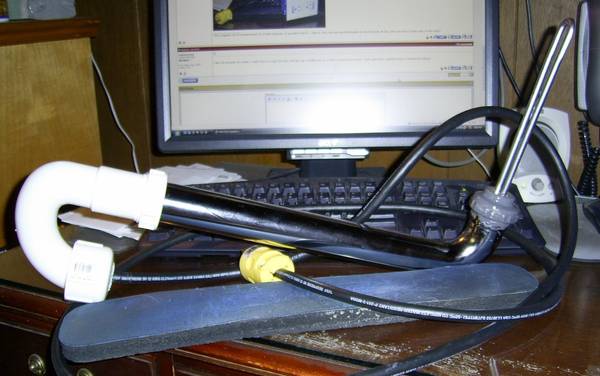BackBayBrewing
Well-Known Member
I am moving into the world of full boils and AG brewing. Was thinking about going with a typical turkey fryer type set up. Instead I built a heatstick and simply use it to boost the btu of my gas range. Now I can boil 7+ gal no problem and it only cost me a 40 dollar investment. So happy with this that I am writing off gas burner for ever.
Pics to follow but it looks identical to the ceedarcreek heatstick build. I am a total electric brewing convert.
Pics to follow but it looks identical to the ceedarcreek heatstick build. I am a total electric brewing convert.







